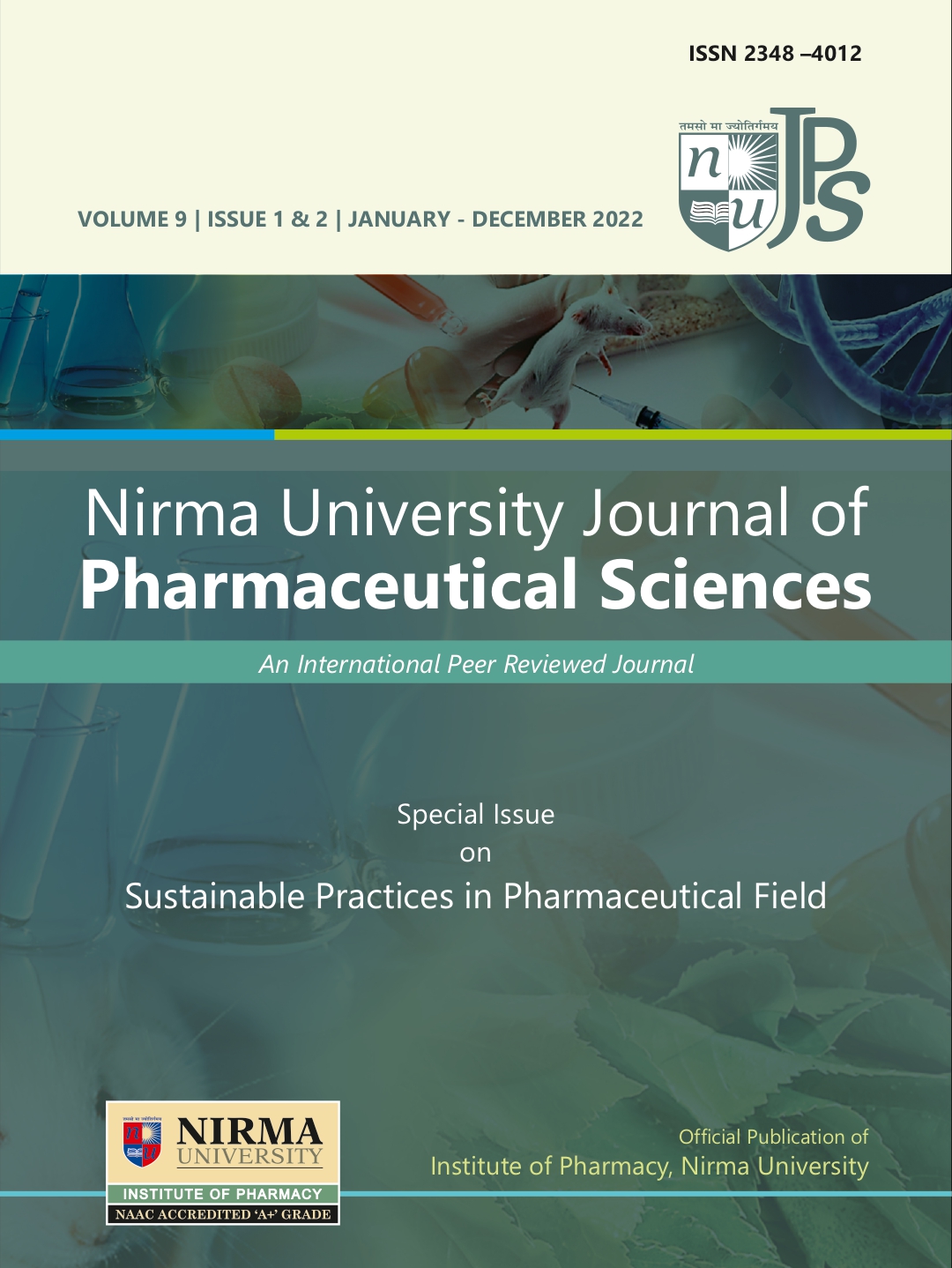APPLICATION OF 3D BIOPRINTER GENERATED ORGANS TO OVERCOME SHORTAGE OF ORGAN DONATION
DOI:
https://doi.org/10.5281/Keywords:
Organ transplantation, 3D bioprinting, Tissue engineeringAbstract
Reliability of human organs for transplantation remains severely compromised, even with the remarkable advancements in transplant technologies. Of the 154,324 individuals in need of organs in 2009, just 18% were able to receive them; there were 8,863 deaths on the waiting list, or an average of 25 deaths every day. About 120,000 people in America were on the waiting list for organ transplants at the start of 2014. A fresh approach to the production of 3D organs is presented by 3D bioprinting, which appears to be a viable remedy to this grave situation. Using this innovative technique, three-dimensional structures can be produced which can mimic tissues by layering cells onto a biocompatible substrate using a combination of tissue engineering and 3D printing. Through the utilization of modern computer systems, powerful computer programming, and CAD file instructions, 3D bioprinting presents a promising solution to reduce the gap between organ supply and transplantation requests. In addressing the important gap in organ availability for transplantation, it stands as a ray of hope. In this review the current state of scientific research on 3D bioprinting, tissue engineering, and epithelialized organs will be examined. Additionally, it will also examine the practical applications for these exquisitely crafted, three-dimensional printed organs.







